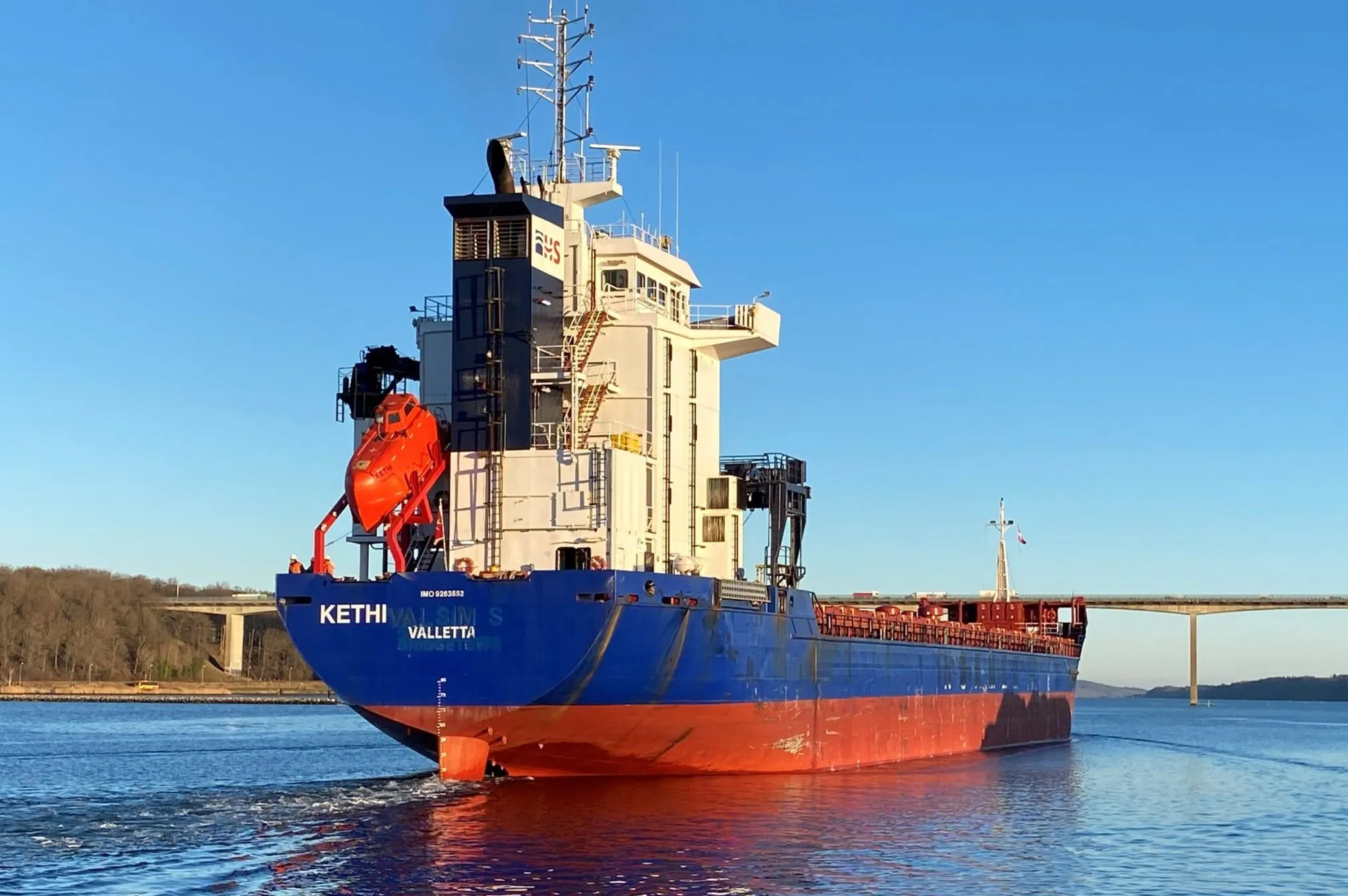How your business can focus on climate and resources
"Green transition" and "sustainability" are increasingly on companies' agendas - maybe yours too. The key is to work in a concrete and data-driven way: where are the emissions and which measures have the most impact per dollar and per ton-km?


A more CO₂-efficient transport - also at sea
In many supply chains, production, warehouses and especially transportation are among the largest sources of CO₂. Therefore, there is much to be gained by optimizing routes and mode of transport. Over long distances, shipping can often have a lower CO₂e footprint per transported ton than many single road transports because capacity is better utilized. It requires planning, but economies of scale can make a noticeable difference in intensity (per ton-km).
Leverage scale and capacity
E-efficiency is basically about moving the most freight with the fewest possible trips. This is achieved by choosing the right mode of transport on the right routes - road, rail or ship - and by planning for high load factors and utilizing the capacity of the relevant trailer types. On the road, eco-driving and low rolling resistance tires can further reduce fuel consumption. When several of these measures are combined, the company can achieve both operational and climate effects, such as lower consumption per ton-km, without compromising on delivery reliability.
The biggest gains are made when long distances are shifted to sea transportation, where one ship can carry very large volumes in one trip. The high capacity means that goods are consolidated into fewer departures, which often results in a lower carbon footprint per ton-km than many single trips by road. Where relevant, sea transportation can be combined with rail or road on the pre- and post-haul, so the fill rate and route are planned together. This way, economies of scale can be utilized without compromising on delivery reliability and timing.

Get advice from a logistics partner with documentation
The choice of shipping method should be based on data and concrete needs: delivery time, delivery reliability, price and expected CO₂e impact. A professional partner can compare relevant scenarios and show both expected and actual CO₂e to make informed decisions.
How we work at H. Daugaard
We advise on CO₂-optimized solutions in practice and document the impact. For each solution, we estimate the impact before start-up and report the actual emissions after delivery per route or order. Where appropriate, we offer multimodal solutions across road, rail and sea, and we work systematically with load factor, material selection and driving data. Methodology and scoping can be found in our ESG/"Methodology & data" section.
Getadvice


.svg)